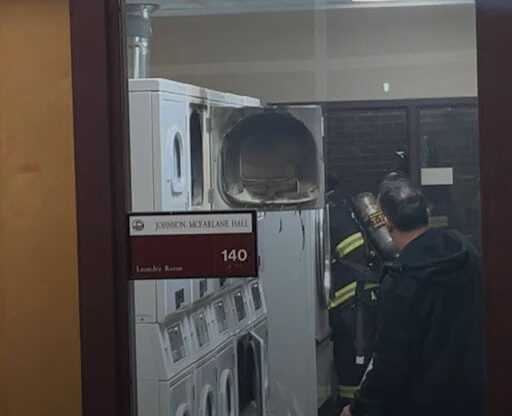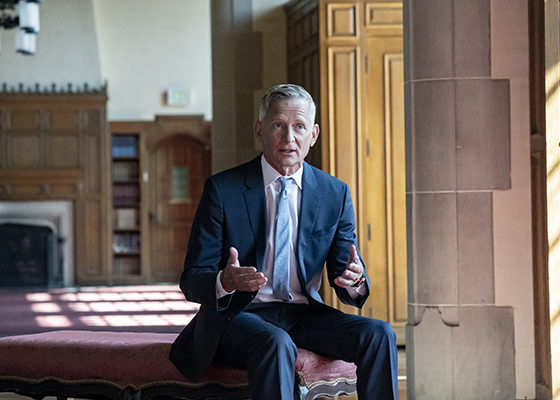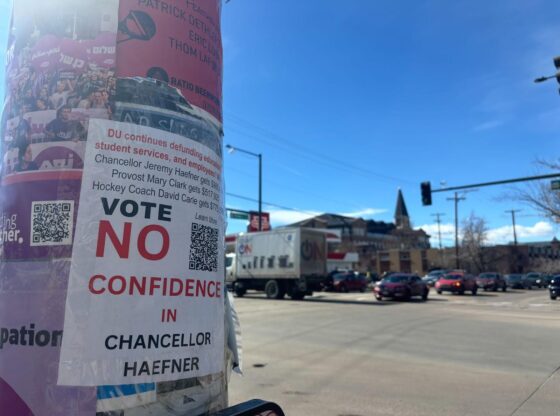As a college student, how would you feel if you never had to write an essay again? This is becoming a reality for our generation after the launch of a new generative artificial intelligence software called ChatGPT.
ChatGPT is a part of a new wave of A.I., or artificial intelligence. ChatGPT was released by the artificial intelligence lab OpenAI in Nov., marking a shift in A.I. technology towards more generative artificial intelligence, meaning artificial intelligence that “learns” how to write and adapt text with the information it is given. Therefore, the AI is not able to form its own thoughts- rather it will give you the most “correct answer.” Using ChatGPT becomes pretty obvious due to this.
Institutions across America are grappling with the question of how to respond to this new technology. By automating many writing assignments, upon request, ChatGPT makes critical thinking an option for students.
While higher education is grappling with the threat of the language learning model, the onus of responsibility should ultimately fall on the student. Though having a bot do your homework for you may sound tempting, the benefits of using this kind of software may be outweighed by its cons.
Along with the essays, book reports and summaries, ChatGPT has also generated attention among administrators, professors and students who are beginning to have conversations about the implications of new A.I. technology. At the University of Denver, many professors have discussed what the use of this technology means with their students.
Different from some of the well-known artificial intelligence technology like Siri or Alexa, generative artificial intelligence is conditioned to alter its answers based on the information it is given. Through ChatGPT, all you have to do is provide the chatbot with a short prompt. The technology then creates text in response to these prompts within minutes.
The server works through a machine learning model. This model is able to take sequential data, allowing it to generate text in natural language. Some comparing the A.I. to a human brain, ChatGPT adapts learning patterns within data that allow the bot to form texts and predict what should come next within those texts.
At its surface, ChatGPT sounds like an innovative, futuristic and even fun idea. On a positive note, the A.I. has impressed the public with its creative capabilities, producing scripts, poetry, fan fiction and more. The AI can also prove to be super helpful with petty manuscript-like writing and paperwork that doesn’t necessarily need to be done by a person. However, within an academic space, this technology should not be used.
According to the New York Times, “In higher education, colleges and universities have been reluctant to ban the A.I. tool because administrators doubt the move would be effective and they don’t want to infringe on academic freedom.”
Though some colleges and universities are weary of banning the use of ChatGPT, it is important to think about the point of higher education. When entering a learning space at a collegiate level, we are expected to use critical thinking skills to expand our knowledge. Using A.I. like ChatGPT completely prevents us from doing this. If you’re caught using A.I. technology like ChatGPT, this would also count as plagiarism.
Even being able to attend college is a huge honor that we should all be proud of ourselves for achieving. What can be said about our codes of conduct and ethics if we are cheating our way through college by having a bot like ChatGPT write our essays for us?
ChatGPT cannot produce an original thought. Instead, the A.I. will simply give you a “correct” answer. This makes the use of something like ChatGPT pretty obvious. ChatGPT serves almost like a calculator, but for language. The risk of getting caught cheating for using an A.I. like this outweighs the benefits of using the A.I. to do your homework.
This is exactly why many universities have now put ChatGPT and A.I. like it as one of their top agendas. University administrations are figuring out ways to address this new technology by creating task forces as well as holding university-wide discussions on how to go about handling the use of the tool.
Schools such as George Washington University, Rutgers University and Appalachian State have decided to implement more in-class assignments, discussions, group work and handwritten papers to prevent the use of ChatGPT on take-home and open-book assignments.
I have noticed this myself since coming back for Winter quarter at DU. In many of my classes, we have adapted to less technology-based learning styles. Instead, professors have prompted class discussions. I have also been asked to talk more about personal experiences, preventing the use of generative technology.
In one class, I have even had discussions surrounding how we as students feel about the use of ChatGPT. By bringing awareness to the A.I. tool, classmates were able to form their opinions on whether or not they felt using ChatGPT would be moral within an academic setting.
Through these discussions, our eyes were opened to the risks of using something like ChatGPT in order to achieve a good grade. Even without proper repercussions set for new A.I. technology, it is still essential to be aware of your duties as a student within higher education and to hold yourself accountable. It is essential to be wary of the risks of using an A.I. in relation to academic integrity.











